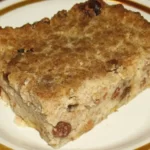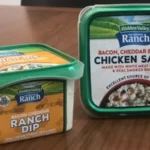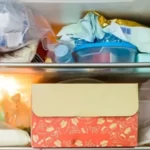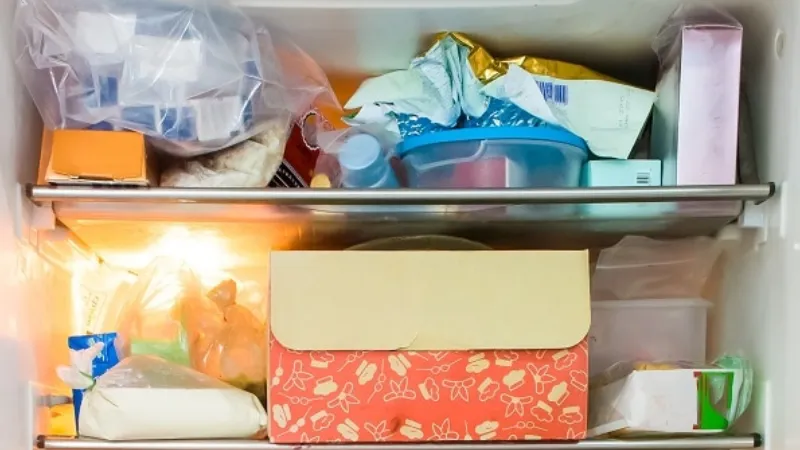
It can be quite unsettling to open your refrigerator in the morning only to discover that the bottle of milk you placed inside yesterday has solidified. But, why is my refrigerator freezing my food?
Probably because of the thermostat setting, a faulty temperature sensor, an air vent blocked, a bad gasket, and dirty coils…
Continue reading.
Table of Contents
Reasons Your Fridge is Freezing Food
Here are the details:
Set the Thermostat Too High
The thermostat on your refrigerator is easy to move and can be accidentally turned up when you’re loading in groceries or moving items out of the refrigerator. If you thought the refrigerator wasn’t quite cool enough, you might have purposely raised the thermostat. Most refrigerators have a mark on the thermostat adjustment knob, but over time this gets erased. As a result, it is no longer possible to measure the indicating temperature precisely. Therefore, you might have accidentally set the thermostat much higher than you intended, resulting in everything freezing and a higher than expected energy use and bill.
Faulty Temperature Sensor
There may be a malfunctioning sensor if your refrigerator is set to cool food quickly but it is freezing instead. If you think there’s a problem, you can manually check the temperature of the device. Fill a glass with water, then set it on the top shelf. After 24 hours, test the water’s temperature by submerging a cooking thermometer in it. The temperature sensor might need to be replaced if the reading is more than 2°F outside of the desired temperature.
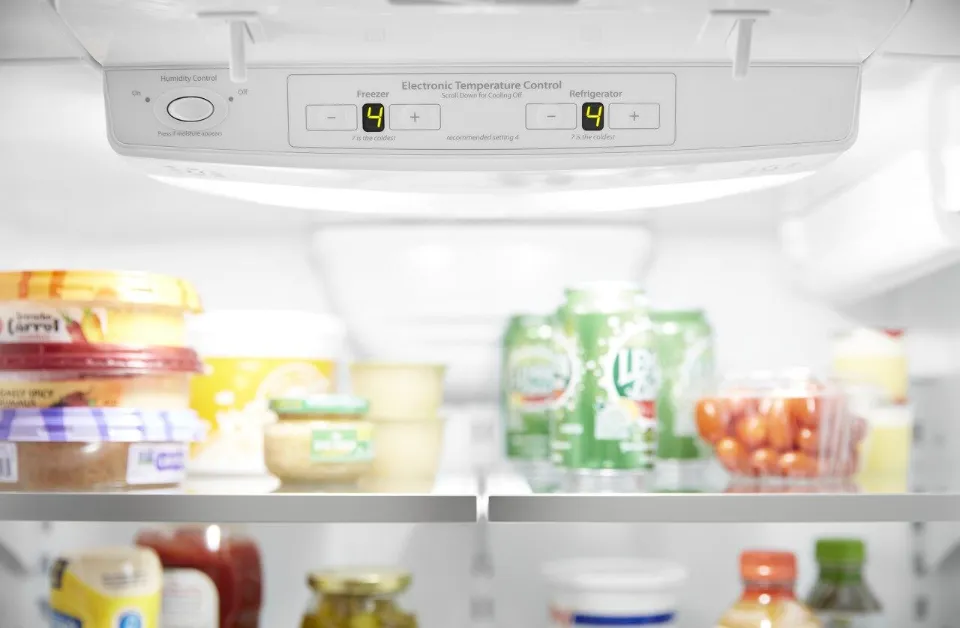
An Air Vent is Blocked
Refrigerator air vents aid in circulating the chilly air. They also guarantee that the temperature inside is constant. Food in a refrigerator may freeze if it is exposed to cold air directly or if food is obstructing a vent, which may prevent air from reaching other parts of the appliance.
Fortunately, clearing air vents of obstructions by moving and rearranging food can solve this problem. Verify that nothing is in contact with the vents. Also, redistribute food so that it’s placed more evenly throughout the interior space. Alternately, remove some items from an overstuffed fridge to increase airflow.
A Bad Gasket
The gasket is a lining for the refrigerator door, creating a seal for the compartment, preventing heat being exchanged between the room and the inside of the refrigerator. Your refrigerator will run continuously to compensate if a gasket has worn out and started to leak, which will cause everything inside to start to freeze. You can test for a bad gasket by placing a piece of paper in the door and attempting to remove it without opening the door. A bad gasket needs to be replaced if the paper slides out or won’t stay put.
Faulty Damper
You will be familiar with a damper if you own a refrigerator-freezer. For those who don’t know, it basically consists of an assembly that controls how much cool air from your freezer enters your refrigerator. Overflow air could enter the refrigerator compartment as a result of a broken damper, gradually lowering the temperature.
Coils Are Dirty
Along with the evaporator coils inside the appliance, your refrigerator also has condenser and heat exchanger coils mounted on the outside. These coils are necessary for the refrigerant fluid to carry out its function of heat exchange. It makes the refrigerator work harder to maintain the ideal temperature when these coils become covered in dust or other types of dirt. Unfortunately, this can sometimes lead to overcooling and the effects of winter inside your refrigerator. Your owner’s manual will provide cleaning instructions for the coils, and it is recommended that you do so frequently to prevent further issues. The coils are fairly easy to clean.
Defective Control Board
Compared to other issues that present the same symptoms, control board failure is less frequent. The compressor or fan motors may receive a constant signal if the temperature control board isn’t operating properly, which will make the refrigerator too cold. If testing or repairing other potentially problematic components hasn’t resolved the issue, only replace the control board.
Disconnected Ice Maker
The refrigerator compartment may cool to below freezing if the ice maker is turned off but left on. Still attempting to produce ice is the component. However, it is actually causing your food to freeze. If you are not using the ice maker, you can fix this by turning it off using the touchscreen menu, metal feeler arm, or on/off switch.
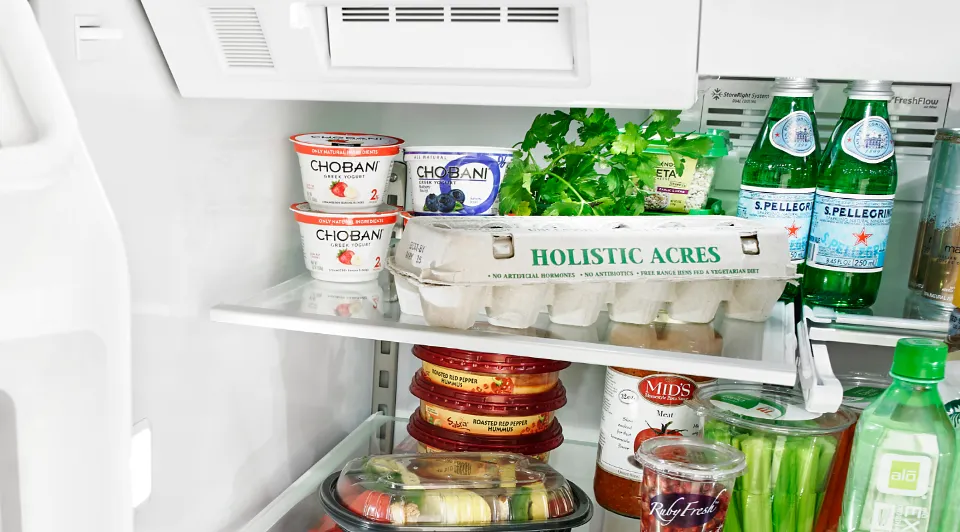
How to Stop Your Fridge from Freezing Your Food?
Here are the details:
Find the Problem
Before you do anything, check your fridge’s temperature settings. Try to pinpoint which part of the refrigerator is causing the freezing if your food is still freezing despite raising the temperature settings.
Keep Food Away from Vents
Check to see if a vent is nearby once you’ve located the problem area. Most fridges have a cooling vent above or on the side of the top shelf. Keeping food away from this area may prevent freezing since this is where the majority of the cold air is coming from. (The necessary radius is 5 inches.)
You might want to move the position of a door shelf if that’s the trouble spot. Some side-by-side refrigerators (especially older models) have a vent that directs cold air from the freezer into the refrigerator. This outlet, which is usually found on the wall dividing the refrigerator from the freezer, will probably blow ice-cold air all over the area around it. In order to avoid this chilly air, move the shelves.
If you have a bottom-freezer model—an increasingly common design for modern homes—and you notice that the problem areas are near the bottom of the fridge compartment, it is almost certainly caused by air venting from the freezer. The lack of food in the fridge, however, could also be the cause! (More on that below.)
Check the Freezer Settings
Your food is still freezing despite being moved away from the vents. The freezer could still be the source of the issue. The orientation of your machine’s freezer is one of the many factors at work, as was already mentioned. A bottom-freezer fridge may be especially problematic. Since heat rises, you might recall from science class that the coldest part of the refrigerator will be at the bottom.
One solution is to turn up your freezer temperature settings, although you should be careful not to raise it too high. Yes, even in a freezer, anything above 0°F will promote bacterial growth and hasten food spoilage.
Another option is to make sure that your ice maker is not constantly running. This might also make your freezer too chilly, which would lead to frozen foods in your refrigerator.
Store More Food!
This may appear to be a silly solution, but it works. GE explains how if the food at the bottom of your fridge keeps freezing, it could simply be because your fridge isn’t fully packed.
To absorb all of the cold air being vented into the cavity, refrigerators must be fully stocked. All of the cold air will sink to the cavity’s bottom if it is comparatively empty, freezing your food. So simply keep it filled! As an added bonus, a fully stocked fridge will help maintain temperatures—especially in the freezer—and, as a result, use less energy. Your utility bills will benefit from this.
Contact the Manufacturer
If you’ve tried the aforementioned solutions and your food is still freezing, there most likely is a mechanical problem. From the thermostat to the damper to the control panel, there are a lot of parts that may be malfunctioning.
Check to see if your refrigerator is still covered by warranty, and then get in touch with the seller—either the manufacturer or the retailer. To figure out what’s wrong with the fridge, they can dispatch a service agent. You must get in touch with your neighborhood appliance repairman if it is no longer covered by warranty.
Summary: Why is My Refrigerator Freezing My Food?
Probably because of the thermostat setting, a faulty temperature sensor, an air vent blocked, a bad gasket, and dirty coils.
If you have any questions, kindly comment. I value the reading you did.

